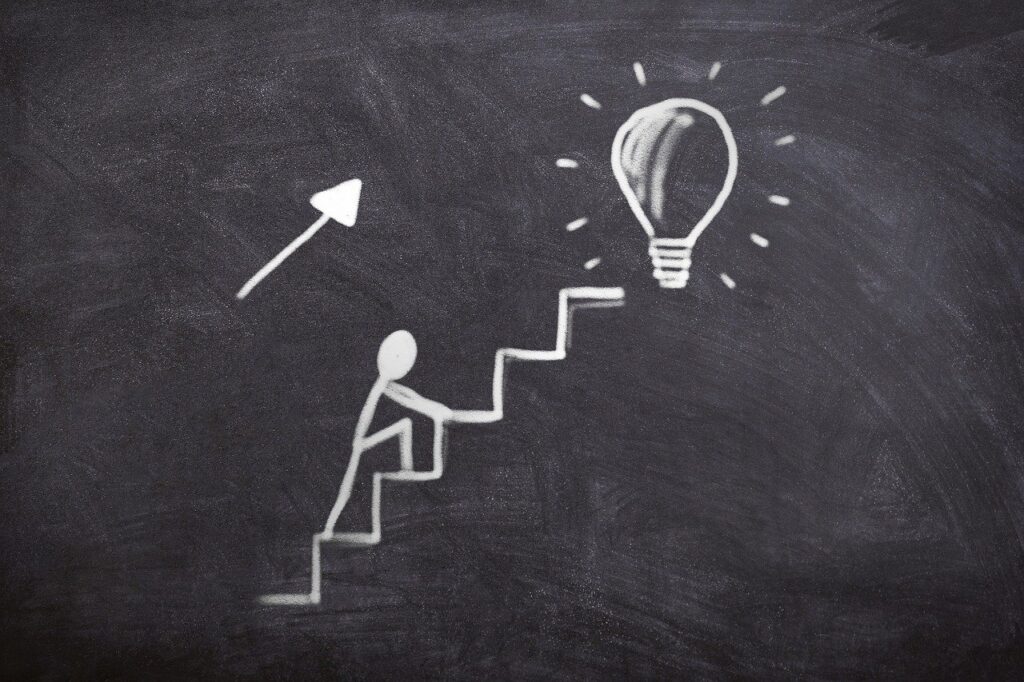
Take a moment and look around you. Everything that you interact within a given day was designed by a person. While it may be obvious that the device you’re reading this email on was designed by someone, the less obvious moments of design could be how you experienced getting lunch or coffee recently. Did you order first then pay? Did someone wait on you? Once you start to think about every way in which someone interacts with an object or an experience, you’re beginning to think like a designer.
Thinking like a designer can transform the way organizations develop products, services, processes, and strategy. Design thinking, brings together what is desirable from a human point of view with what is technologically feasible and economically viable. It also allows people who aren’t trained as designers to use creative tools to address a vast range of challenges.
The students at the Stanford d. school were challenged to find a solution for saving the lives of babies born prematurely in Nepal and rural parts of India. They were initially challenged to re-design an incubator and make it cost-effective to keep the baby’s warm and thus save their lives. The cost of such incubators was as high as $20,000. People living in rural parts of the country did not have access to such incubators; thus millions of these tiny lives were lost annually. Download the case study to read More
To learn about Design thinking, upcoming open workshops and how Design Thinking can help transform your organisation, reach out to us at [email protected]m


